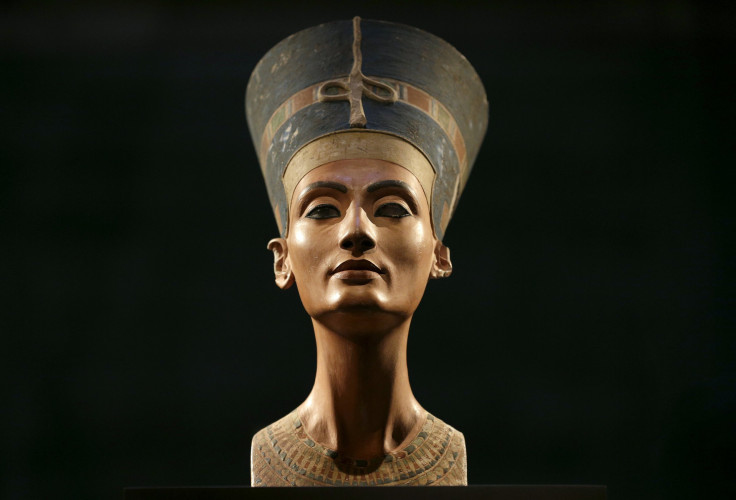Tutankhamun’s Tomb Has No Secret Burial Chamber For Nefertiti, Radar Survey Concludes

Egypt’s pyramids and the ancient wonders they hold have long fascinated outsiders and Egyptians alike, as much for the splendor they contain as for the theories about hidden passages and rooms, and deathly traps to protect untold treasures. Thanks to modern science, one such theory — a rather recent one, by the pyramids’ standards — has been put to rest for good.
One of the best known figures from ancient Egypt is that of King Tutankhamun, a pharaoh who ascended the throne as a child and ruled the empire for 10 years. His tomb, in the Valley of the Kings in Luxor, was found in 1922, and in 2015, Nicholas Reeves, a British Egyptologist, suggested that there was a secret chamber within the room where Tutankhamen’s sarcophagus was kept, a chamber where Queen Nefertiti could be buried.

Nefertiti, another well-known figure from ancient Egypt, was a queen who likely died soon after Tutankhamun became king, and her reign with her husband, the pharaoh Akhenaten, was perhaps the wealthiest era of ancient Egypt. However, her mummy or place of burial has not been discovered till date. Reeves said he discovered evidence of previously unknown doorways inside Tutankhamun’s tomb that led to another burial chamber, that of Nefertiti.
To test that theory, the ministry of antiquities in Egypt ordered studies that used ground penetrating radar (GPR) to find out if there were indeed passages beyond the walls of Tutankhamen’s burial chamber. Two such studies were carried out, one in 2015 by Japanese radar specialist Hirokatsu Watanabe and another in 2016 by a team from National Geographic. Both studies made contrary conclusions, with Watanabe saying the doors and passages existed, while the other team said there was nothing behind the walls.
To settle the matter conclusively, a third GPR study was ordered by the present Egyptian minister of antiquities, Khaled El-Enany. Italian experts performed the study in February and submitted their findings Sunday, saying they had found evidence that no secret room is located either inside or next to Tutankhamun’s tomb.
According to the website of Egypt’s Al-Ahram newspaper, which has a copy of the experts’ report, Francesco Porcelli of the Polytechnic University of Turin, head of the Italian scientific team, said: “It is concluded, with a very high degree of confidence, that the hypothesis concerning the existence of hidden chambers or corridors adjacent to Tutankhamun’s tomb is not supported by the GPR data.”
The team found “no marked discontinuities due to the passage from natural rock to man-made blocking walls are evidenced by the GPR radargrams, nor there is any evidence of the jambs or the lintel of a doorway. Similarly, the radargrams do not show any indication of plane reflectors, which could be interpreted as chamber walls or void areas behind the paintings of the funerary chamber.”
The earlier radar data that suggested the existence of an empty space beyond Tutankhamun’s chamber were put down to anomalies by Porcelli’s team. The elaborately painted plaster on the tomb’s walls may have properties that led to the radar waves traveling along the walls and returning to the receiver, rather than penetrate them and bounce back from behind them, thus causing the discrepancy.
© Copyright IBTimes 2024. All rights reserved.





















